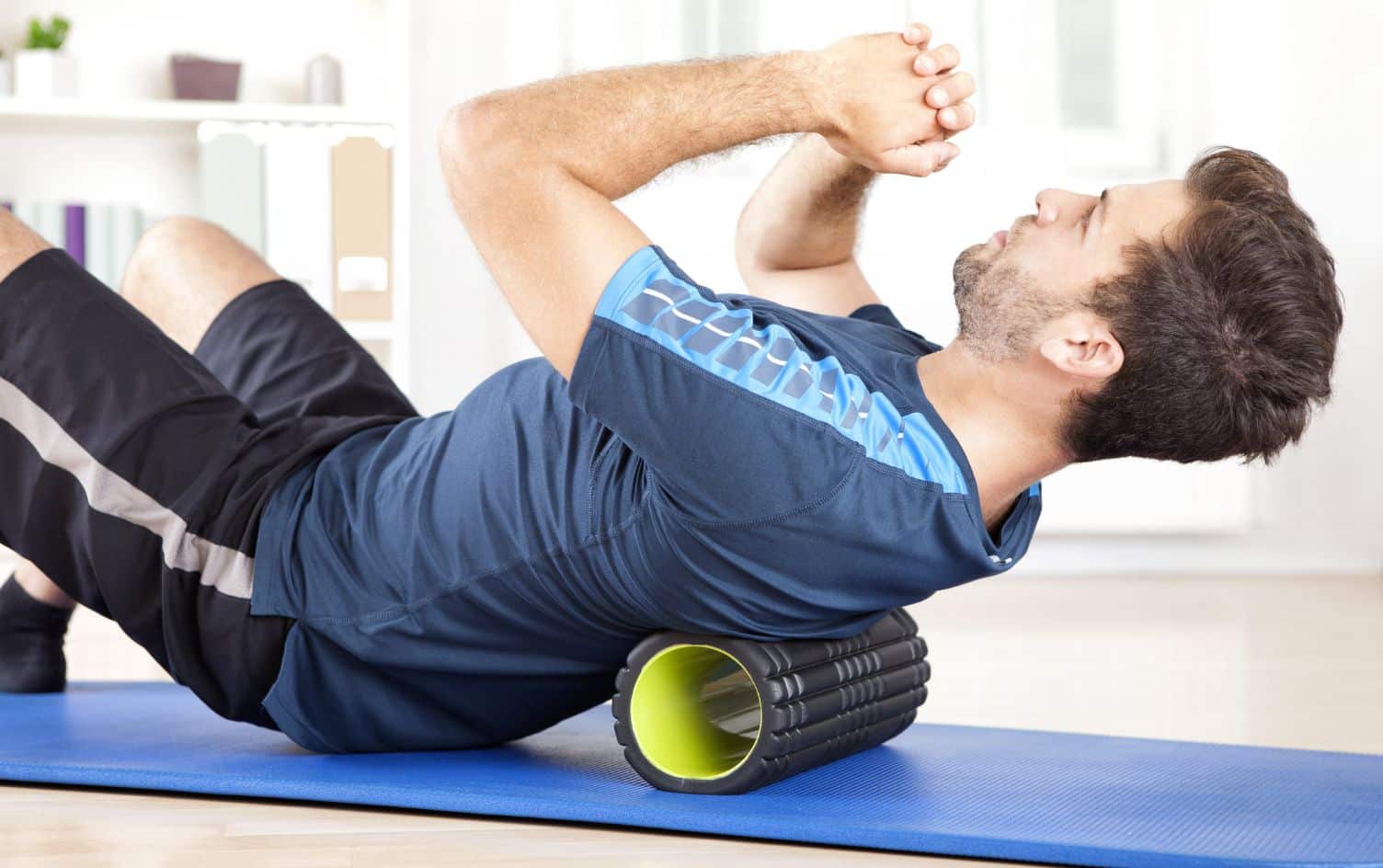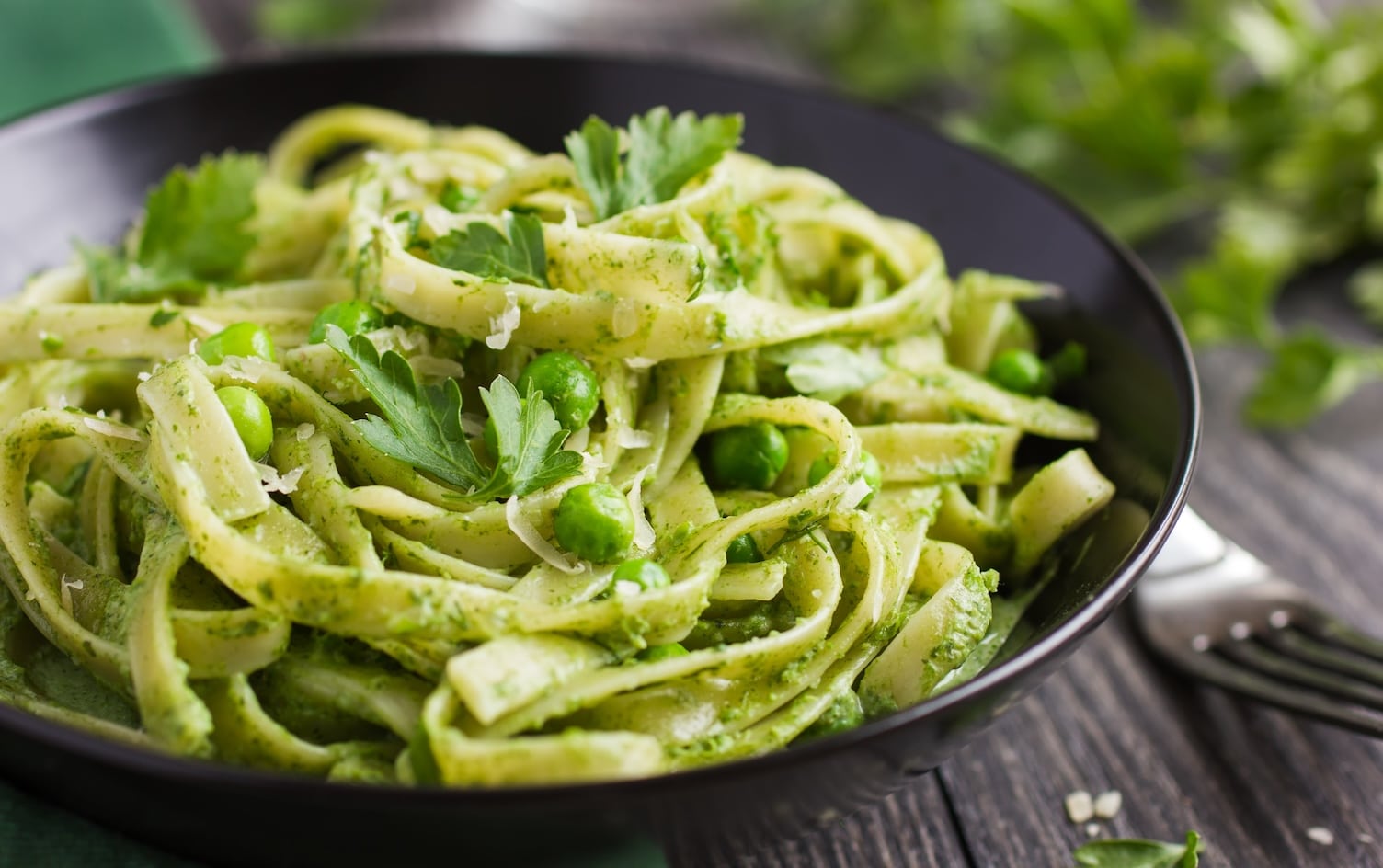Knowing basic exercise terms is key when you’re working out — at minimum, it reduces any glimmer of gym intimidation. What’s a “repetition?” What’s a “set?” What’s a “barbell”? — all of those are answered below.
Learning new things can go a long way toward increasing your fitness knowledge. It also gives you more options in your exercise routine, which helps you get more results and reach higher levels of strength and conditioning.
Here, 15 terms that’ll help you in your training:

Certain muscles get weak or dormant through a lack of movement (like sitting in a chair too long). By directly targeting these muscles with exercises — called “activation” — they’ll start working better again so you can use them on your main exercises for more muscle and better results.
During your warmup, make sure you activate key areas like your glutes, core, shoulder stabilizers and hip stabilizers.

Aerobic means “with oxygen.” This kind of activity is mild enough to be fueled by just your breathing. Generally, this kind of exercise falls at or below 150 beats per minute. It’s important to include training at this level because of its athletic and overall health benefits.

Anaerobic means “without oxygen.” This kind of activity is hard enough your body cannot supply enough energy from breathing; instead, it taps into your energy storage to support your body. Generally, this kind of exercise occurs above 150bpm.

This is a foundational piece of equipment in any gym: It’s a long metal rod with ends you can slide weight plates onto. Because it can hold so much weight, it’s great for heavy exercises like squats, deadlifts and bench presses. The standard men’s Olympic barbell is 2.2m (7.2 feet) long and 20kg (44lbs), but you can find barbells of all different lengths, thicknesses, weights and even shapes.

The “concentric phase” is the portion of an exercise where your muscles contract and shorten. This is when you rise from a squat or a pushup or when you pull yourself up during a chinup. Generally, the concentric portion of an exercise causes less muscle damage, which means you can do it without a lot of soreness.

There are two kinds of stretches: The first is called a “passive” stretch, which is your typical “hold a stretch for 30 seconds.” The other is a “dynamic” stretch, which is where you move your joints through their full range of motion. This is the best way to warm up your body before training.

The “eccentric phase” is the portion of an exercise where your muscles lengthen. This is when you go down during a squat or a pushup or when you lower yourself during a chinup. Generally, the eccentric portion of an exercise causes more muscle damage, which means they cause more soreness.

“Flexibility” and “mobility” are not interchangeable. Flexibility refers to the maximum length of a muscle. You can increase this, to an extent, through stretching and foam rolling.

Mobility refers to your ability to actively move throughout the range-of-motion at your joints. It’s vital to improve your mobility before every training session by using dynamic stretches. Here are key areas that need more mobility: hips, shoulders, thoracic spine and ankles.

Exercises fall into three different “planes” of movement. The first is called “sagittal,” which includes exercises that go from front-to-back. Second is “frontal,” which goes side-to-side. Third is “transverse,” which includes rotational exercises. Ideally, your workout routine will have movements in each category so you have a balanced body.

To build more muscle and burn more fat, you need to gradually make your training harder, whether that means more weight, more reps or less rest. That progressive, incremental increase is called “progressive overload,” and it’s the secret sauce to increase your strength, build more muscle and burn more fat.

A repetition” or “rep” is a full completion of an exercise from start to finish. For example, with a pushup: start with your arms fully locked, lower yourself very close to the ground and push yourself all the way back up — that’s one rep. Six consecutive squats means “6 reps of squats.” Generally speaking, 1–5 reps is for strength, 6–12 is for muscle growth (known as “hypertrophy”) and more than 12 is for muscular endurance.

A set is a group of reps done together without rest. If you did 10 pushups together, that’s one set. Once you finish, you can take a brief rest and go into another set of the same exercise (which is called “straight sets”) or you can go into a set of a completely different exercise (which is called “super sets”).

Stability is your ability to control movement and position while resisting unwanted movement. While there’s a big emphasis on mobility and flexibility, it’s also important to improve the stability around certain joints, too. Several areas that need more stability include your knees, lumbar spine (lower back), feet and shoulders.

“Tempo” is the speed at which you lift weights. Do you go down and come up as fast as you can? Do you take 3 seconds to descend (eccentric), hold for 3 seconds (isometric) and take 3 seconds to come up (concentric)? By adjusting your tempo, you can make exercises harder and emphasize different portions of your exercise.




